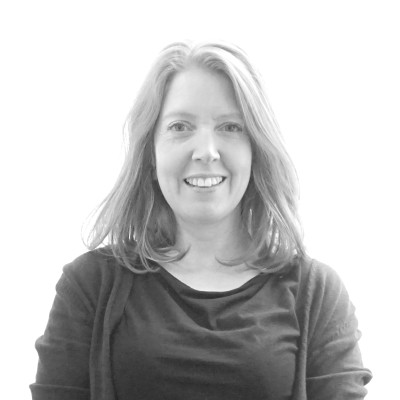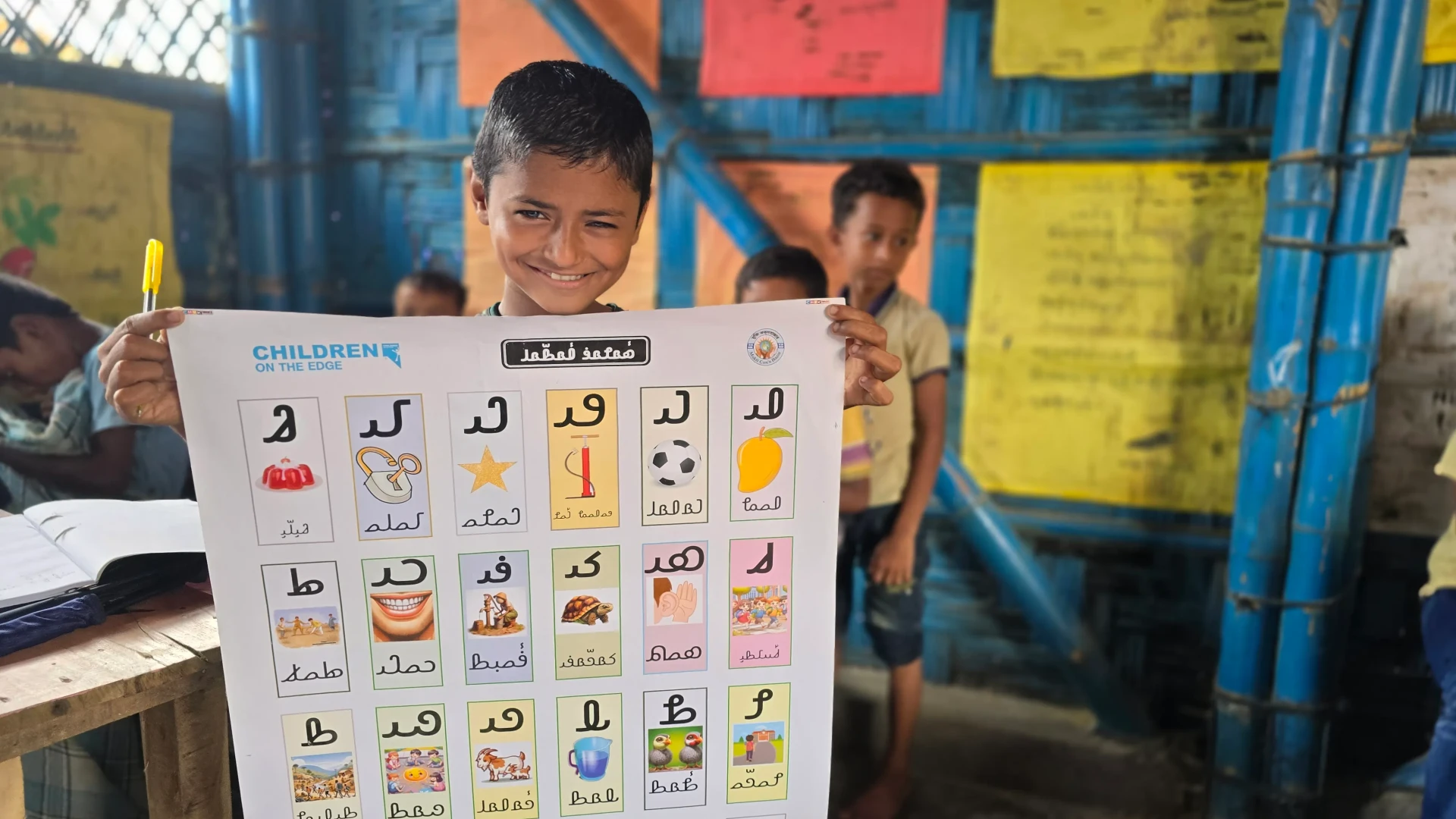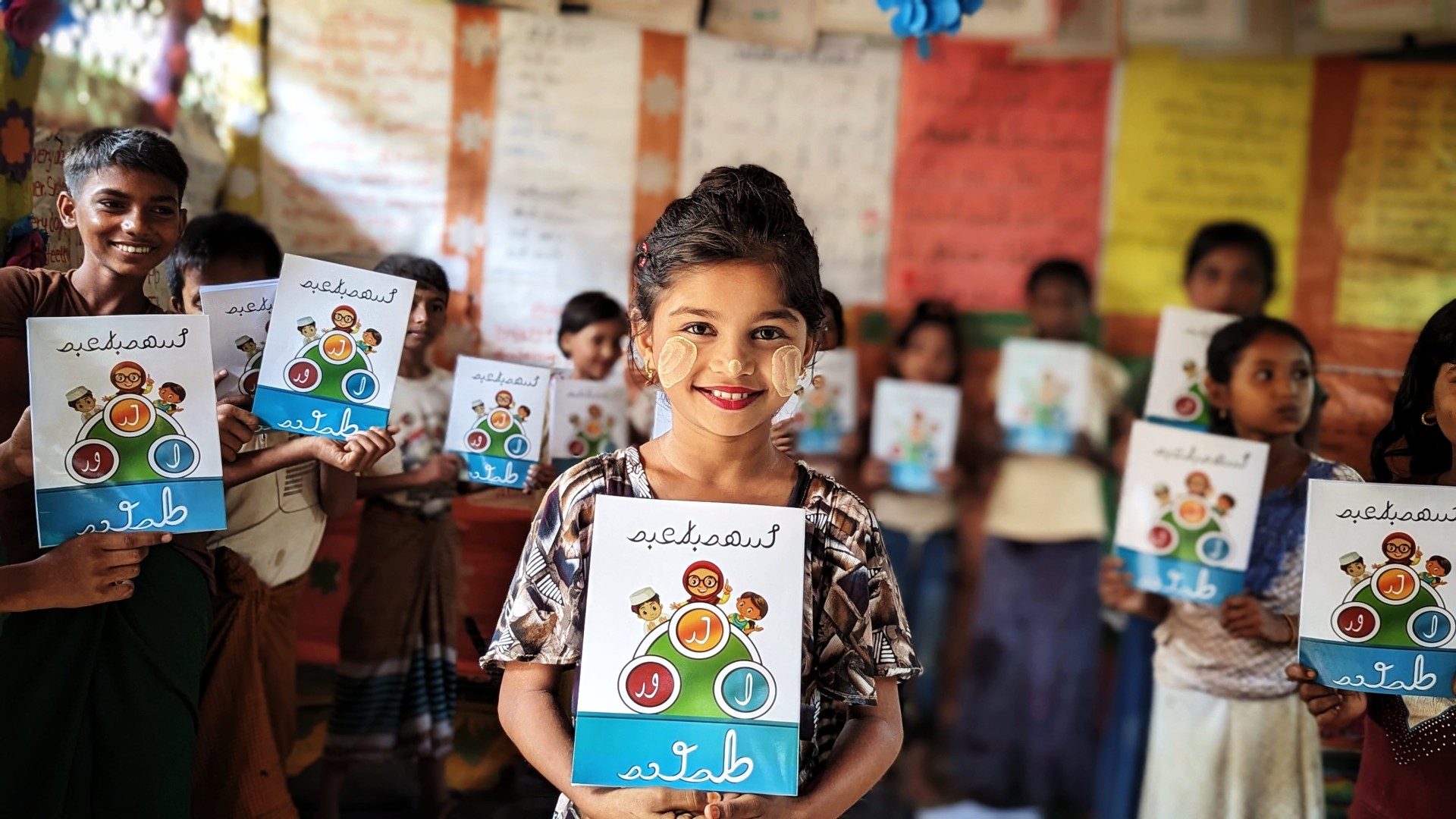"If a people do not have a written language of their own, it is easier to say that as an ethnic group you don't exist."
Mohammad Hanif - Rohingya scholar and creator of the Hanifi script
After suffering decades of discrimination, violence and genocidal attacks from the government of their homeland in Myanmar, over 1 million Rohingya people now live in overcrowded refugee camps in Bangladesh.
The Rohingya were excluded from education for generations in Myanmar; meaning that 2 out of 10 adults cannot read or write their own dialect or the national language of the Burmese. Instead, they speak in a Rohingya dialect, with no universally accepted written script, which has long been prohibited by the Myanmar government as just one of many tools of suppression.
Eight years on from the genocidal onslaught of 2017 there is an education crisis within the Bangladesh refugee camps, the largest factor being language.
Bangladesh is already one of the world’s most densely populated countries and, fearing further Rohingya integration, the government restricts refugees from learning Bengali. They insist on the use of the Myanmar government’s Burmese-language curriculum in all refugee camp schools. However, virtually all Rohingya children and their teachers can scarcely understand the Burmese language in their textbooks.
With a lack of meaningful education, school attendance is dropping, leaving children at risk of child labour, child marriage, trafficking and recruitment into the growing number of organised crime gangs and violent fundamentalist groups in the camps.
“Learning Hanifi is like a beacon of hope amidst the challenges we face. I'm determined to make the most of this education and use it to build a better community, both here in the refugee camp and hopefully one day back home in Myanmar. My mission is clear, and I won't stop until I succeed.”
Mohammed Reyas - age 14, Kutupalong camp
Hanifi is a written form of the Rohingya dialect developed in the 1980s by Rohingya scholar, Mohammed Hanif. In 2024, Children on the Edge received permission to pilot lessons in the Rohingya language, marking the first time Rohingya students were permitted to use their mother tongue in the classroom. To date, there is no widespread use of the Rohingya script in education, as the language was not recognised by authorities, yet this alphabet enables children to learn to read and write fluently in their own language within a matter of months.







